The Lucky Charms Mascot Was Almost a Forgetful Wizard
In the 1970s, Waldo the Wizard briefly appeared on cereal boxes in New England.

Lucky the Leprechaun has been the Lucky Charms mascot since the cereal debuted in 1964. In 1975, though, he vanished, as if by magic, from the shelves of New England grocery stores. In his place, a green-cloaked wizard named Waldo suddenly appeared on boxes of Lucky Charms.
Why was the iconic, scarf-wearing sprite given the boot? Marketers felt that Lucky was a bit cold in commercials. That is, the scurrying leprechaun didn’t seem keen on divvying up his colorful food with hungry children. “He wasn’t very friendly for the kids,” explains 76-year-old Alan Snedeker, who helped create advertisements for Lucky Charms. “They were always chasing him, and he wasn’t really sharing.”
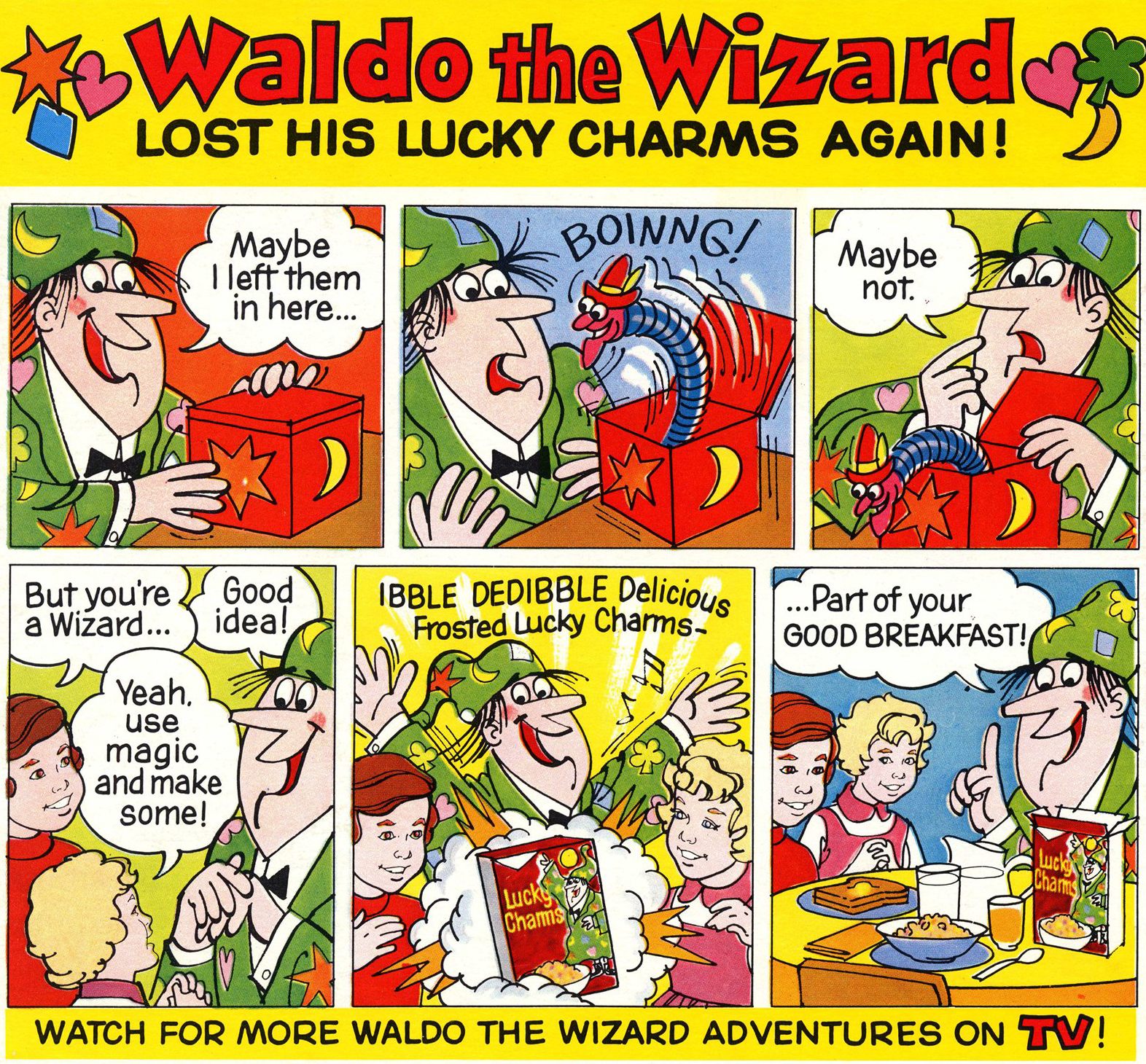
After hearing this feedback, executives at General Mills, the parent company of the breakfast cereal, boldly considered a rebranding. They asked Snedeker, who was then a copywriter at Dancer Fitzgerald Sample, one of New York’s top advertising firms, to conjure up a more popular mascot. “I was told to try to beat Lucky,” Snedeker says.
In focus groups made up of 12 children, Snedeker and his colleagues showed kids storyboards featuring potential mascots. “If two or three characters are liked, those tests are shared with the client, and a decision is made to test the commercials using full animation,” Snedeker says about the mascot-selection process. “Those are then shown to a greater number of kids in focus groups with more in-depth questions.”
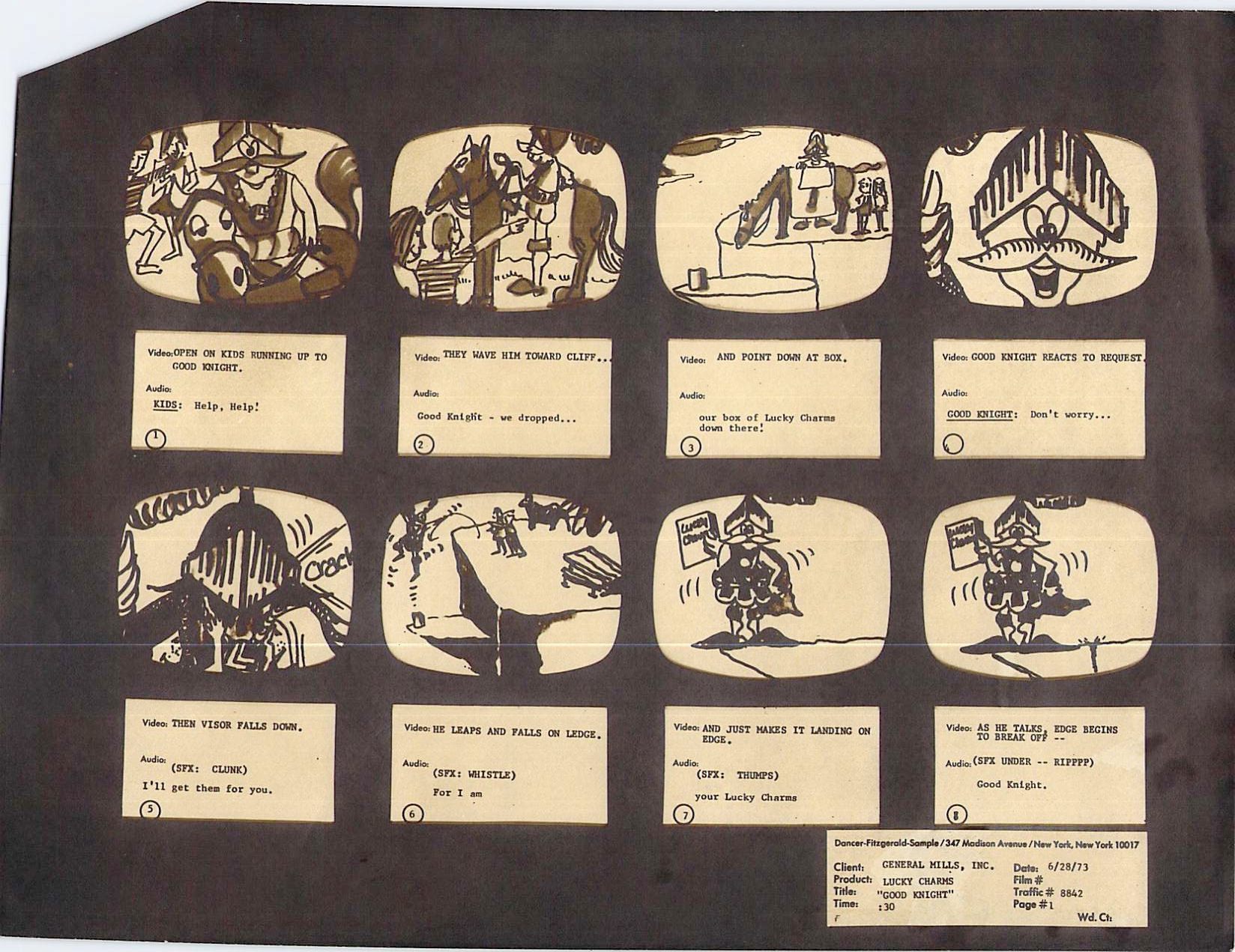
At first, Snedeker presented kids with a knight who—unlike the leprechaun—rushed to bring the marshmallow-infused cereal to children. He even leapt off cliffs to do so. “If you want Lucky Charms in the morning, just yell ‘Good Knight!’” Snedeker quips, rehashing the slogan he once whipped up for the potential mascot.
The friendly knight performed remarkably well in tests. It even seemed as though the Good Knight would become the new face of Lucky Charms. But when push came to shove, General Mills did not adopt the character. It appears the knight wasn’t magical enough to be the mascot of the long-touted “magically delicious” cereal.
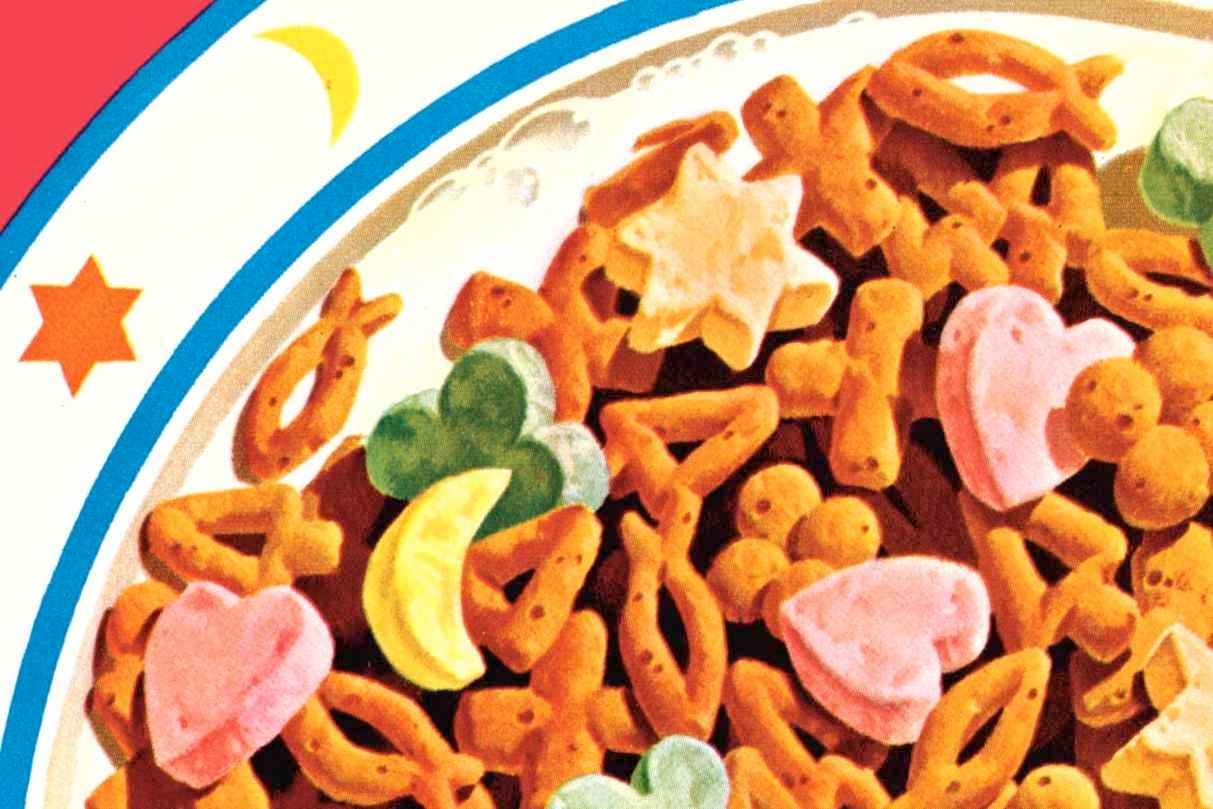
Snedeker did, however, have another character under review by discriminating 5- to 8-year-olds, one more magically inclined. “Waldo was a little overweight, friendly character who didn’t run from the kids,” Snedeker says about the forgetful, middle-aged wizard. “He greeted them right away.”
Like the Good Knight, Waldo—who wore a cloak with bright stars, hearts, and crescent moons—performed well in focus groups. The magical fellow was also able to charm the higher-ups at General Mills. They selected him to replace Lucky in an official trial in New England.
In commercials, Waldo always misplaced his boxes of Lucky Charms, and cartoon kids reminded him that, since he was a wizard, he could magically create some. At the end of each ad, Waldo gleefully muttered that Lucky Charms were “ibble-debibble-delicious.” It was a jibber-jabber of a catchphrase inspired, Snedeker says, by the “Bibbidi-Bobbidi-Boo” song from Disney’s Cinderella, which he adored.

Less than one year after the wizard debuted in New England, though, he suddenly vanished—POOF!—and the four-leaf clover-wielding leprechaun was back, grinning larger than ever.
“It wasn’t that the Waldo failed in New England,” Snedeker says, confessing his thoughts on why Waldo was pulled, “but General Mills had millions of dollars invested in Lucky, in terms of advertising, and they thought it would be crazy to give that up.” Lucky even had the benefit of sharing the cereal’s name.
Snedeker also played a role in Waldo’s demise by devising ways to make Lucky seem friendlier. “I made the chase more of a game,” he says, about his adjustments to advertisement scripts. “I improved the Leprechaun’s personality.”
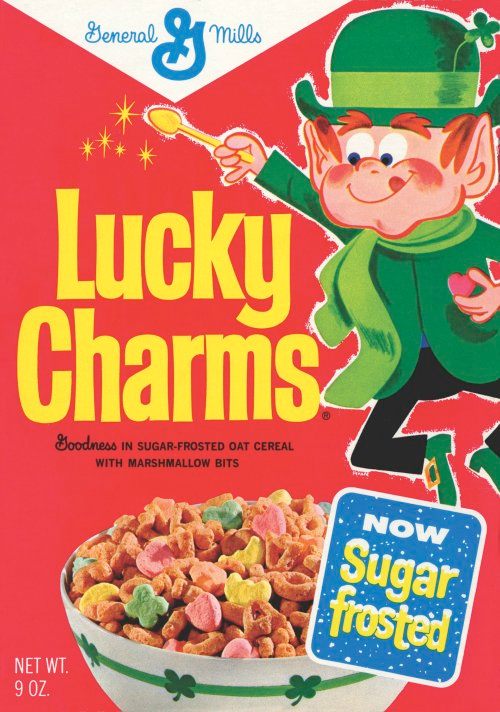
Despite Waldo’s popularity, the culmination of marketing factors against him sent Waldo into early retirement. Today, Snedeker’s loveable wizard is just a quirky breakfast memory. A vague one that many Bostonians may believe is a false memory—like the people who collectively misremember Berenstain Bears, the beloved children’s book characters, being spelled “Berenstein.”
But in this case, memories of a bedazzled, fumbling sorcerer are, indeed, correct. Mike Siemienas, the current brand media relations manager at General Mills, even has some reassuring words: “For those New Englanders who remember a wizard on the Lucky Charms box in the ‘70s, you are not dreaming. It did happen.”
Gastro Obscura covers the world’s most wondrous food and drink.
Sign up for our email, delivered twice a week.



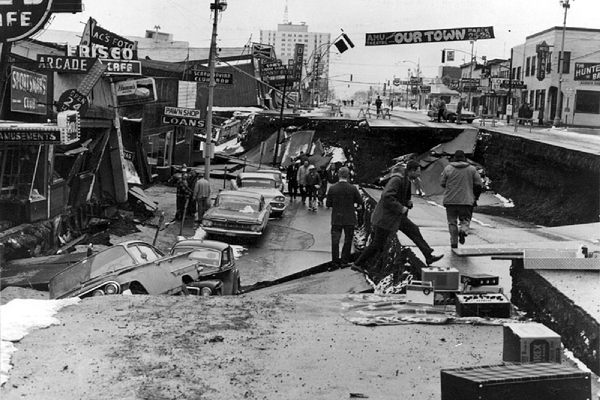
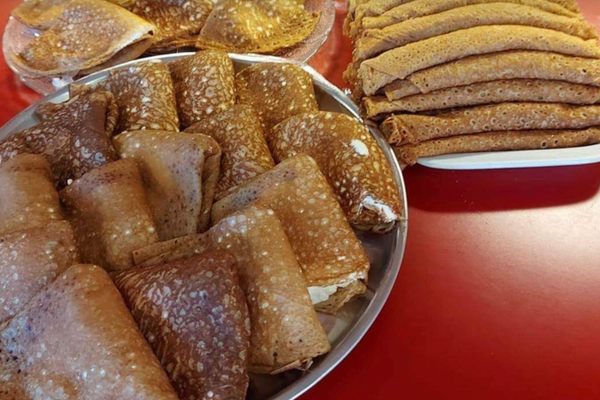
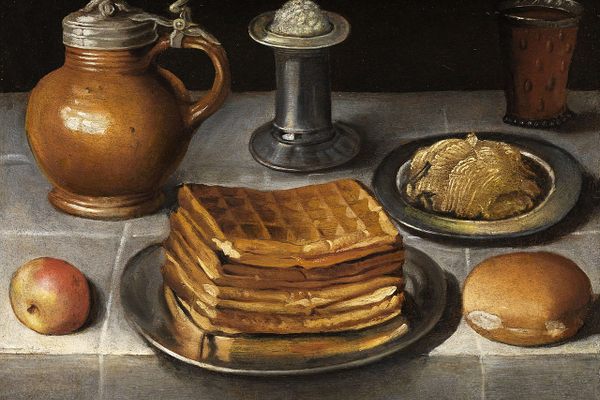

















Follow us on Twitter to get the latest on the world's hidden wonders.
Like us on Facebook to get the latest on the world's hidden wonders.
Follow us on Twitter Like us on Facebook